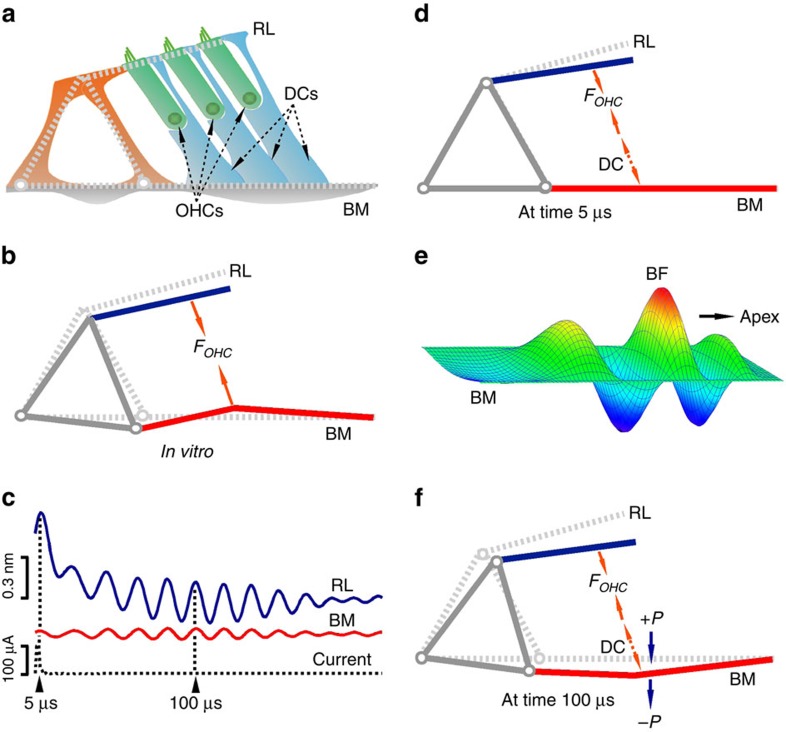Figure 5. Effects of outer hair cell-generated force on cochlear micromechanics in vitro and in vivo.
(a) The structure formed by the triangle of Corti and the reticular lamina (RL) is likely rigid, so outer hair cell (OHC)-generated force can act directly on the RL and indirectly on the basilar membrane (BM) through Deiters' cells (DCs). (b) Antiphase motion of the RL and BM recorded in vitro indicates that the cellular force pulls the RL and BM together and causes the rigid structure to rotate towards scala tympani21. (c) Time waveforms of RL and BM responses to a 100-μA electrical impulse in living cochlea. (d) An impulse current induced a large fast RL displacement at time 5 μs without significant BM response in vivo. (e) Like an externally given acoustic click, the electrical impulse evoked a conventional travelling wave, that is, the delayed tuned response. (f) At time ∼100 μs, the travelling wave reached the maximum at the best frequency (BF) location. When OHCs rode on the BM, they changed their length in response to membrane voltage variation caused by mechanoelectrical transduction current. The in-phase vibrations of the RL and BM results in a maximum vibration at the apical ends of OHCs. FOHC, OHC force. +P and −P, the travelling wave-related pressures in scala media (+P) and scala tympani (−P).

